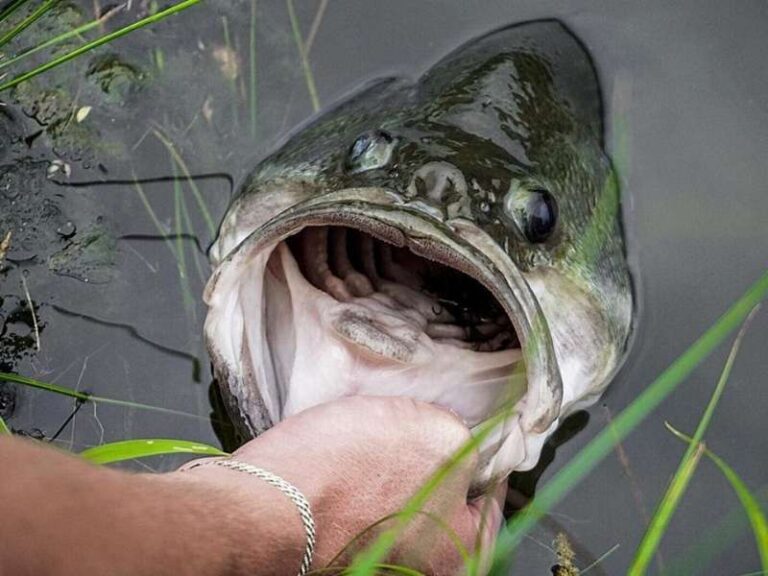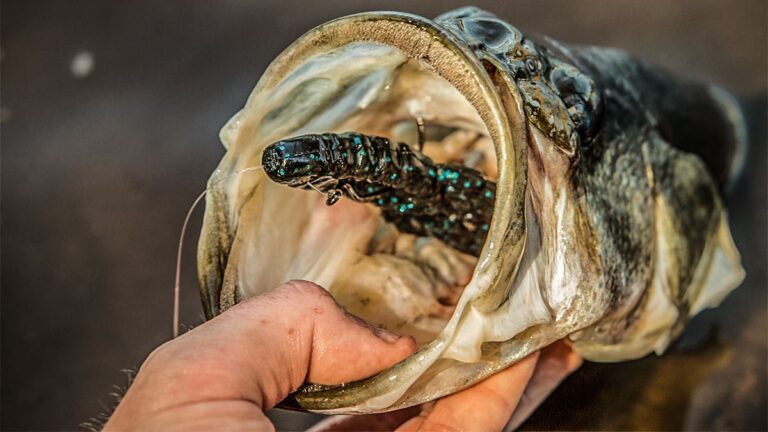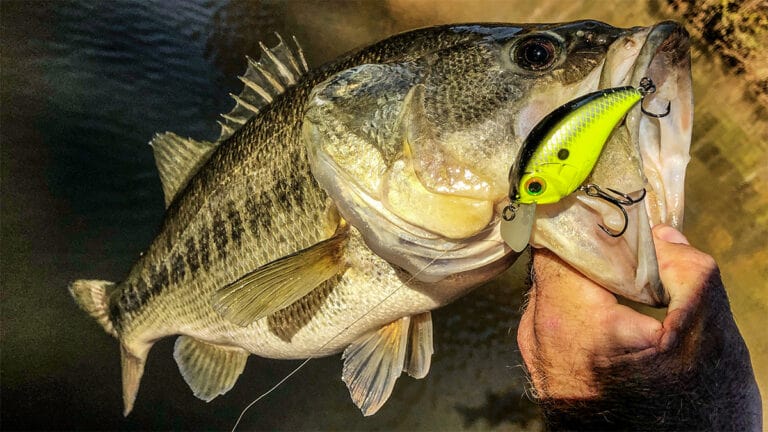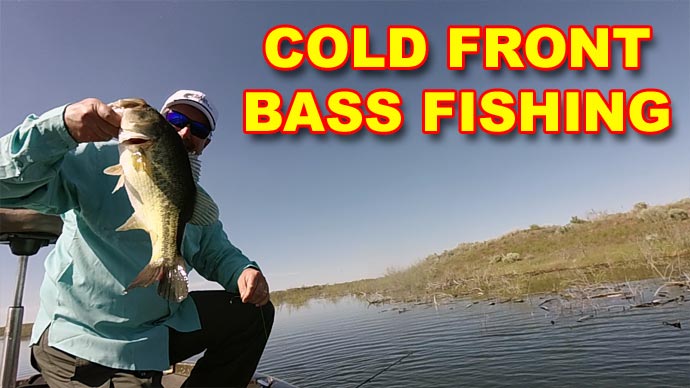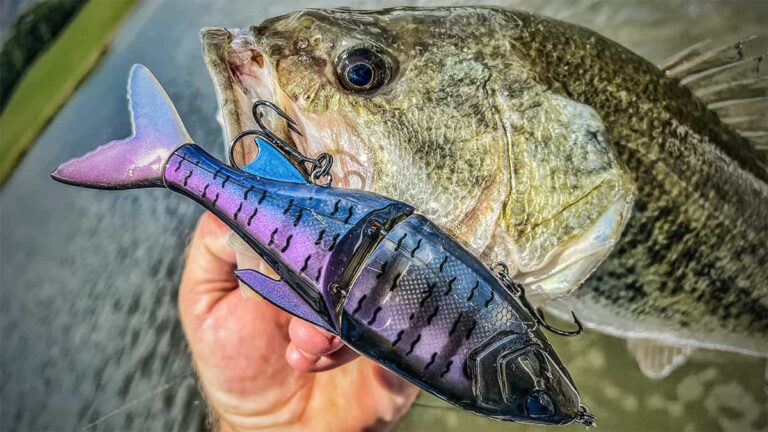Late Winter Early Spring Bass Fishing: Catching Bass in Warming Water
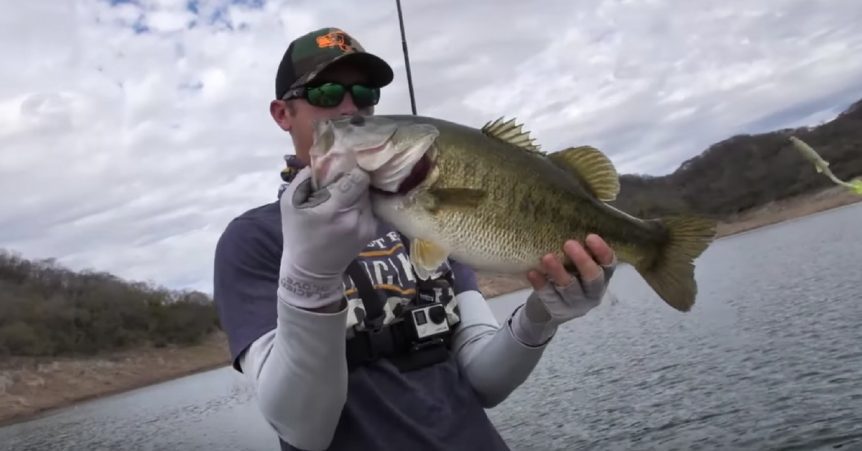
The late winter and early spring is the time of year when air and water temperatures begin to warm up.
This is when bass begin to transition into the pre-spawn phase.
They pre-spawn is where bass start moving to shallower water and feed as much as they can in order to prepare for the spawn.
This is one of the most confusing bass fishing seasons, so pay close attention.
When Is the Late Winter Early Spring?
This time period begins as soon as the water temperatures reach their lowest points.
Once the waters have gotten as cold as they are going to get, they will very soon start to warm up again.
This is the late winter and early spring transition. The exact time of year will depend on where you are located in the country, but it is typically between late December to early March.
An easy way to tell if your pond or lake in the late winter early spring transition is to test the water temperature.
If the water temperature is from 40-45 degrees, the transition is starting.
Also Read: The Best Pre-Spawn Bass Lures
Where Do Bass Go in Late Winter Early Spring?
Big bass begin to slowly move into shallower water. The shallow water is still colder than out deep so the bass have to move slowly, but they creep up little by little as the days get warmer.
Bass will jump from deeper water onto shallower structure. They especially like rocks because rocks hold lots of heat.
What About Pond Bass?

Bass act a bit different in small ponds. Ponds tend to be fairly shallow all throughout.
Since there isn’t any deep, warm water in small, shallow ponds, bass will stay closer to the banks all year round.
Pond bass will head to rocky areas and shallow flats during the winter to spring transition to warm up quicker.
How Do You Find Bass in Late Winter?
The big bass are on the move, so it is hard to pinpoint exact areas that the bass will be at any particular time.
Unless you have a bass boat with a fish finder or a castable fish finder for pond anglers, your best option is to take an educated guess and cover lots of water until you find them.
Identify where the bass are in the dead of winter. Start there and work your way shallower and shallower.
Do Bass Bite in the Late Winter Early Spring?
Yes, as bass start to enter the pre-spawn time period in the late winter and early spring, the bass will start biting and eating lots of food.
They need to bulk up so that they have energy to withstand the spawning period.
Bass don’t eat at all while spawning. They are only focused about creating and protecting their fry for a few weeks.
So as soon as the water starts to get warmer, they realize that they only have a few months to eat as much as possible until they need to spawn.
Is Late Winter Early Spring Bass Fishing Good?
Yes, the winter to spring transition is a fantastic time to fish for bass.
In fact, the Bass Master Classic (the largest and most famous bass fishing tournament) is held in February during the late winter early spring.
Bass aren’t quite as active during this time as other months, but they are heavily feeding, which makes it a great time to catch them.
I have caught some of the biggest bass of my life in cold months of early spring.
How Do You Catch Bass in Early Spring Cold Weather?
Bass are starting to head into shallower water, but they aren’t quite there yet. You still want to use lures that get down deeper in the water column.
These bass are also relatively sluggish and have a slow metabolism.
This means they don’t quite have the energy to chase after fast moving prey and move too quick.
Use lures that can be fished slow and deep.
These bass are looking for big meals to bulk up as quickly as they can. Upsize all the lures that you use during the early spring and pre-spawn.
Best Lures for Late Winter Early Spring Bass Fishing
Also Read: What Do Bass Eat in the Winter?
1. Lipless Crankbaits
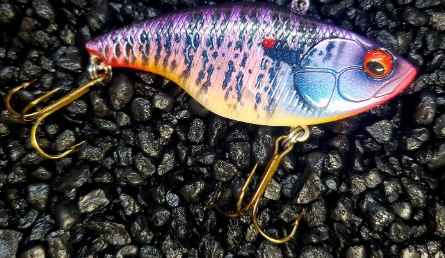
Lipless crankbaits are very versatile lures that are always the fish lure I throw all throughout winter and early spring.
While the water is still cold, I fish the lipless crankbait with a Yo-Yo retrieve to fish it a bit slower.
2. Glide Baits

Glide baits are a very big profile lure that catches massive bass. I especially like throwing these lures in ponds because they don’t go very deep.
The early spring bass will already be in shallower water since there is typically no deep water in small ponds.
Like I said earlier, early spring bass are looking for big easy meals. Glide baits perfectly match that description.
3. Chatterbaits
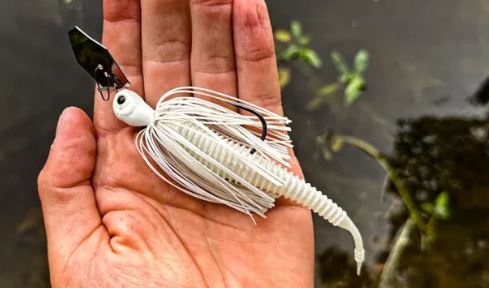
Skirted baits seem to work very well for both spring and fall bass fishing.
Something about the vibration of a chatter bait drives early spring bass crazy.
I stick to white or red chatterbaits all the way up until bass start spawning.
4. Drop Shot
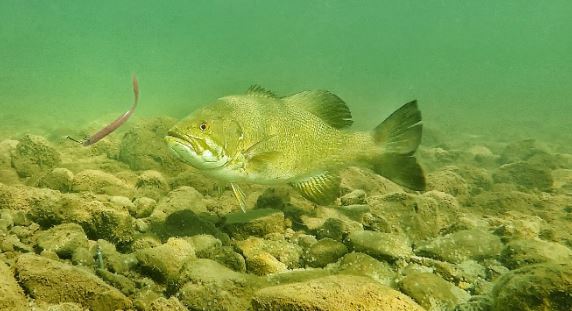
I mainly throw the drop shot when the water is still very cold. Just before the water starts really warming up.
Bass are still very lethargic and nothing catches lethargic bass like a drop shot.
Small worms and creature baits are my favorite soft plastics to drop shot with during this time period.
5. Texas Rig

The Texas rig is most popular during the hot summer months, but I also love throwing it in cold water.
Aggressively hopping a Texas rig around rocks and depth changes absolutely slays these bass.
I fish brown and red crawfish imitations in the late winter early spring.
Also read: Best Lures for Pond Bass in Spring
Key Points
- Late Winter Early Spring Transition: This season marks the beginning of bass moving into the pre-spawn phase, where they transition to shallower waters to feed and prepare for spawning.
- Timing of Transition: The late winter and early spring transition typically occurs when water temperatures rise from their lowest points, usually between late December to early March, depending on geographical location.
- Bass Movement: Big bass gradually move into shallower waters, especially areas with rocks that hold heat. Small ponds exhibit different patterns, with bass staying closer to the banks due to limited deep, warm water.
- Bass Activity: As bass enter the pre-spawn period, they become more active and hungry, intensifying their feeding behavior in preparation for the spawning season.
- Fishing Strategy: During late winter, use lures that get down deeper in the water column, as bass are still transitioning into shallower areas. Slow and deep retrieval with lipless crankbaits, glide baits, chatterbaits, drop shots, and Texas rigs are recommended.
- Temperature Indicator: Water temperatures ranging from 40-45 degrees signal the beginning of the late winter to early spring transition.
FAQ
Q1: When does the late winter early spring transition occur? A: The transition begins when water temperatures reach their lowest points, typically between late December and early March, depending on the geographical location.
Q2: Where do bass move during late winter early spring? A: Bass move into shallower waters, especially areas with rocks that retain heat. In small ponds, they tend to stay closer to the banks.
Q3: Do bass bite in late winter early spring? A: Yes, as bass enter the pre-spawn phase, they become more active and hungry, making it a good time for fishing.
Q4: What lures are effective during late winter early spring bass fishing? A: Effective lures include lipless crankbaits, glide baits, chatterbaits, drop shots, and Texas rigs. Slow and deep retrieval is recommended for cold water conditions.
Q5: Is late winter early spring bass fishing productive? A: Yes, it is a fantastic time to fish for bass. The Bass Master Classic, a prominent bass fishing tournament, is held in February during this period. Though bass may be less active than in warmer months, they are heavily feeding.
Also Read: The REAL Reason Red Lures Work in the Spring
Reeling this In
During the late winter to early spring transition, bass start becoming more active and more hungry.
They need to quickly get into warmer waters and bulk up for the spawn. It is a great time of year to catch lots of trophy bass.
Some unexperienced anglers think that bass don’t start biting until the late spring and summer, but this is not rue at all.
This upcoming year, make sure to get out in the cold and hit the waters.

